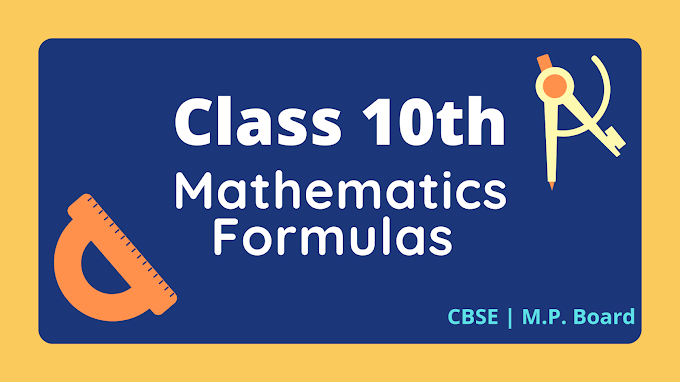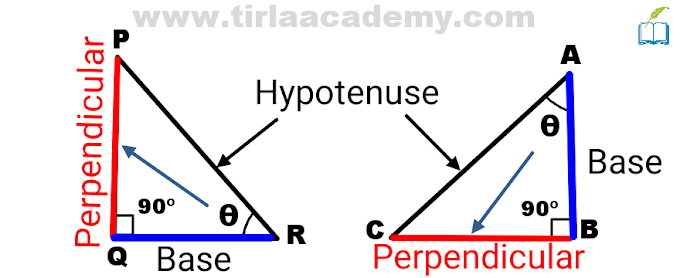- Integers from 1 to 50
- Integers 1 to 100
- Odd Integers from 1 to 100
- Negative Integer example from 1 to 50
- Adding Integers rule
- How to add integers with different signs
- Integers subtraction rules
- How to subtract integers with different signs
- Integers multiplication rules
- How to multiply integers with different signs
1.) Definition of Integers in Maths
2.) Examples of Positive and Negative Integers
There are infinite positive and negative integers and some examples of integers are 3, 4, 6, 10, 222, -56, -80, -44, -91, 0, -400, etc.
Integers from 1 to 50
Integers 1 to 100
Odd Integers from 1 to 100
Negative Integers example from 1 to 50
3.) How to solve Integers?
To solve the integers we should know the sign rules of integers for addition, subtraction, multiplication, and division.
Adding Integers Rule
(+) + (+) = (Add and put positive sign)(-) + (-) = (Add and put negative sign)(+) + (-) = (Subt. & put sign of large no.)(-) + (+) = (Subt. & put sign of large no.)
How to add integers with different signs?
Solve : (-1)+2+(-4)+8+(-7)
= (-1)+2+(-4)+8+(-7) (First, we multiply the signs)
= -1+2-4+8-7 (Underline showing we will solve it)
= 1+4-7
= 5-7
= -2
Our answer is -2.
Solve : (34)+(-41)+(-11)+22+(-17)+(-61)
= (-1)+2+(-4)+8+(-7) (First, we multiply the signs)
= -1+2-4+8-7 (Underline showing we will solve it)
= 1+4-7
= 5-7
= -2
Our answer is -2.= (34)+(-41)+(-11)+22+(-17)+(-61) (First, we multiply the signs)
= 34-41-11+22-17-61 (Underline showing we will solve it)
= -7+11-78
= 4-78
= -74
Our answer is -74.
Integers Subtraction Rules
(+) - (+) = (Subt. and put positive sign)
(-) - (-) = (Subt. and put negative sign)
(+) - (-) = (Add & put sign of large no.)
(-) - (+) = (Add & put sign of large no.)
= (34)+(-41)+(-11)+22+(-17)+(-61) (First, we multiply the signs)
= 34-41-11+22-17-61 (Underline showing we will solve it)
= -7+11-78
= 4-78
= -74
Integers Subtraction Rules
(-) - (-) = (Subt. and put negative sign)
(+) - (-) = (Add & put sign of large no.)
(-) - (+) = (Add & put sign of large no.)
How to subtract integers with different signs
Solve : 3-(-7)-(+4)-5-9
= 3-(-7)-(+4)-5-9 (First, we multiply the signs)
= 3+7-4-5-9 (Underline showing we will solve it)
= 10-9-9
= 1-9
= -8
Our answer is -8.
Solve : 30-(+1)-8-(-3)-(+9)
= 3-(-7)-(+4)-5-9 (First, we multiply the signs)
= 3+7-4-5-9 (Underline showing we will solve it)
= 10-9-9
= 1-9
= -8
Our answer is -8.= 30-(+1)-8-(-3)-(+9) (First, we multiply the signs)
= 30-1-8+3-9 (Underline showing we will solve it )
= 29-5-9
= 24-9
= 15
Our answer is 15.
= 30-(+1)-8-(-3)-(+9) (First, we multiply the signs)
= 30-1-8+3-9 (Underline showing we will solve it )
= 29-5-9
= 24-9
= 15
Integers multiplication rules
(+) ✕ (+) = (Do Multiply and put + sign)(-) ✕ (-) = (Do Multiply and put + sign)(+) ✕ (-) = (Do Multiply and put - sign)(-) ✕ (+) = (Do Multiply and put - sign)
How to multiply integers with different signs
Solve (-9)✕(+8)✕4✕(-7)
= (-9)✕(+8)✕4✕(-7) (Underline showing we will solve it)
= -72✕-28
= 2016
Our answer is 2016.
Solve : (+8)✕(-2)✕(-4)✕(+6)✕(-5)
= (-9)✕(+8)✕4✕(-7) (Underline showing we will solve it)
= -72✕-28
= 2016
Our answer is 2016.= (+8)✕(-2)✕(-4)✕(+6)✕(-5) (Underline showing we will solve it)
= -16✕-24✕(-5)
= 384✕(-5)
= -1920
Our answer is -1920
= (+8)✕(-2)✕(-4)✕(+6)✕(-5) (Underline showing we will solve it)
= -16✕-24✕(-5)
= 384✕(-5)
= -1920
Our answer is -1920The product of two consecutive positive integers is 812. What is the value of the lesser integer?
Solution:Let the first integer = x
So, the second consecutive integer is = x+1
According to the Question, the product of two consecutive positive integers is 812.So,
x(x+1) = 812
x2 + x = 812
x2 + x - 812 = 0
x2 + 29x - 28x - 812 = 0 {splitting the middle term}
x(x + 29) -28(x + 29) = 0 {taking common}
(x + 29) (x - 28) = 0
(x + 29) = 0, (x - 28) = 0
x = -29, x = 28
So the value of the lesser positive integer is 28.
Let the first integer = x
So, the second consecutive integer is = x+1
So,
x(x+1) = 812
x2 + x = 812
x2 + x - 812 = 0
x2 + 29x - 28x - 812 = 0 {splitting the middle term}
x(x + 29) -28(x + 29) = 0 {taking common}
(x + 29) (x - 28) = 0
(x + 29) = 0, (x - 28) = 0
x = -29, x = 28
The product of two consecutive negative integers is 600. what is the value of the lesser integer?
Solution:Let the first integer = x
So, the second consecutive integer is = x+1
According to the Question, the product of two consecutive negative integers is 600.So,
x(x+1) = 600
x2 + x = 600
x2 + x - 600 = 0
x2 + 25x - 24x - 600 = 0 {splitting the middle term}
x(x + 25) -24(x + 25) = 0 {taking common}
(x + 25) (x - 24) = 0
(x + 25) = 0, (x - 24) = 0
x = -25, x = 24
So the value of the lesser integer is -25.
Let the first integer = x
So, the second consecutive integer is = x+1
So,
x(x+1) = 600
x2 + x = 600
x2 + x - 600 = 0
x2 + 25x - 24x - 600 = 0 {splitting the middle term}
x(x + 25) -24(x + 25) = 0 {taking common}
(x + 25) (x - 24) = 0
(x + 25) = 0, (x - 24) = 0
x = -25, x = 24
So the value of the lesser integer is -25.
4.) Integers FAQs
Is an integer a whole number?Yes, all positive integers are whole numbers.
Is 0 a positive integer?0 has no sign, but it may be positive or negative.
What is the smallest positive integer?The smallest positive integer is 1.
What is the greatest negative integer?-1 is the greatest negative integer.
What is the average of integers from 25 to 41?The average of integers from 25 to 41 is 33.
Is 0 an Integer?Yes, 0 is an Integer.
What is the smallest positive integer?







